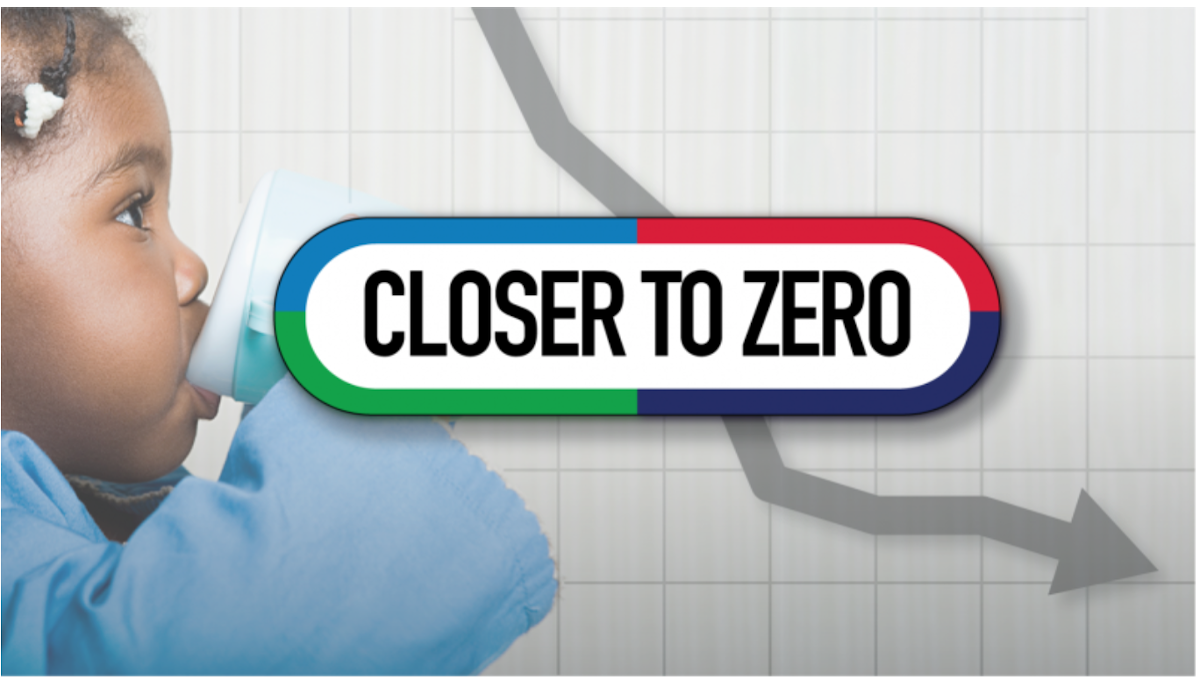
After reports of widespread heavy metal contamination in U.S. baby food products surfaced in 2019, the House of Representatives Subcommittee on Economic and Consumer Policy launched an investigation targeting seven major manufacturers.
With only four out of the seven companies providing the requested data, the Subcommittee’s report released in February 2021 highlighted the excessive amounts of arsenic, lead, cadmium, and mercury that infants and toddlers were exposed to. The FDA responded with an action plan to gradually phase out contaminants; however, its laxed timeline has attracted criticism from specialists.
Subcommittee’s report reveals the unsettling extent of contamination
The Subcommittee’s investigation requested internal data on heavy metal testing results and policies from several leading U.S. baby food manufacturers: Gerber, Nurture, Hain, Beech-Nut, Sprout, Walmart, and Campbell. The report’s results were partly obscured due to the latter three companies refusing to cooperate and disclose the necessary information.
The data obtained from the four compliant companies indicated an industry-wide lack of adequate testing standards, which allowed shocking amounts of heavy metal contaminants in baby food products. Compared to acceptable levels that apply to other products, heavy metals in baby food were multiple times higher on average:
- Mercury – x5 higher
- Cadmium – x69 higher
- Arsenic – x91 higher
- Lead – x177 higher
The proliferation of heavy metal contaminants directly resulted from the unsuitable safety and testing standards employed by baby food manufacturers. Most companies didn’t test for mercury; some only tested ingredients and avoided final product analysis, dangerous additives were used, and final products contaminated with high amounts of toxic metals were sold to unsuspecting parents.
Dietary exposure to toxic heavy metals represents a severe health risk for developing infants who absorb more nutrients and can’t properly filter out contaminants. As they progressively accumulate in tissues, these harmful elements act as neurotoxins and gradually affect the brain and nervous system. A growing body of clinical research indicates an increasingly high correlation between neurotoxic metals and debilitating neurologic conditions like ADHD, decreased IQs, and autism spectrum disorders.
FDA’s plan fails to focus on a timely resolution
Reacting to the Subcommittee’s shocking findings, the Food and Drug Administration initiated its “Closer to Zero” action plan that aims to gradually phase out heavy metals in baby foods by 2024, or even longer. The FDA’s projected timeline has been criticized for structural redundancies that prevent more expedient measures.
The FDA’s plan is structured in four steps, of which the first two target the scientific evaluation of adequate safety levels for heavy metals. The vast volume of data on the subject from trustworthy sources renders these steps unnecessary. Mitigating such redundancies would allow for a faster accession to the plan’s final two steps focused on feasibility and implementation earlier than the 2024 target date.
Notably, the baby food industry is mostly self regulating and utilizes internally set standards for product safety, which means manufacturers can avoid relatively inexpensive testing that would require further financial expenditure. An updated Subcommittee report from September 2021, including results from the formerly uncompliant companies, showed even more extensive toxic metal contamination than initially believed, prompting the authors to demand a higher regulatory involvement from the FDA.
The Baby Food Safety Act would help end the crisis quicker
As leader of the Subcommittee that first brought the heavy metal contamination issue to national attention, Rep. Raja Krishnamoorthi submitted the Baby Food Safety Act of 2021 for the Senate’s consideration. If voted into law, the bill would set drastically low interim actionable levels for heavy metals in baby foods that would be further reduced over time:
- Mercury – 2 parts per billion
- Cadmium and Lead – 5 parts per billion
- Arsenic – 10 parts per billion
Moreover, the bill would require a higher regulatory involvement from the FDA, tasked with issuing guidance and ensuring manufacturers’ compliance with the updated standards. Similarly, baby food companies would be required to publicly disclose product testing results bi-annually. The CDC would likewise be tasked with organizing public awareness campaigns regarding the risks of toxic metals in infant nutrition products.
Although the bill received widespread public support, its progress has been discouragingly stalling ever since it was submitted in March 2021. Noticing the lack of efficient measures to end the contamination crisis, a 23-strong coalition of Attorneys General led by New York AG Letitia James petitioned the FDA in October 2021.
The coalition noted that the FDA’s current timeline wasn’t feasible since it would still leave infants vulnerable to tainted nutritional products. They requested that the FDA implement the bill’s recommendations no later than 2022.
About the author: Jonathan Sharp currently serves as Chief Financial Officer at Environmental Litigation Group, P.C., a law firm based in Birmingham, AL, that specializes in toxic exposure cases.
(To sign up for a free subscription to Food Safety News,click here)
